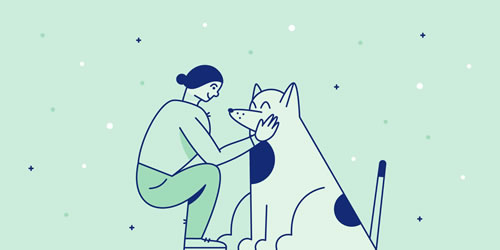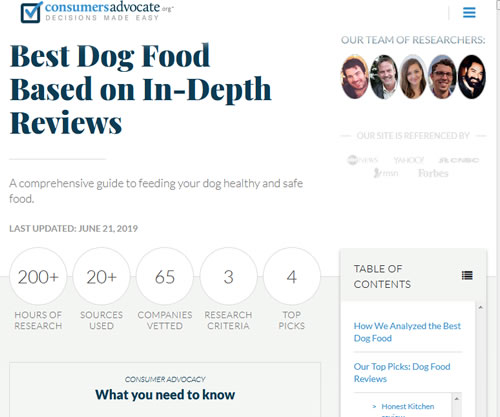Guest Post by Rachel Hudson

Description: When warmer periods arrive, most of us feel way more energetic, and we want to spend every spare moment walking, hiking or simply playing outdoors with our four-legged friends. But what we rarely think about is that during warm months there is a higher risk for our dog to be exposed to snakes bites.
You might wonder, why there are more snakes in spring and summer as well as why on earth would a snake bite a dog? Well for starters, snakes hibernate during winter, so they also feel more energetic as the sun begins to warm up. They are also searching for food to fill their empty stomachs because they have digested all the food they had eaten before hibernation. There are greater chances to encounter a snake in your garden while hiking or anywhere else for that matter.
That wouldn’t be a problem if our pets would have the same sensation regarding snakes as we do. However, no one has told dogs that snakes might pose an immediate danger in some cases as our parents or grandparents told us. For dogs, a snake on the road or in the backyard is just another animal. Dogs are by nature curious and playful creatures, and when they meet other animals, they like to sniff and get to know a potential new friend. Some dogs can be too persistent in their curiosity or emotionality and won’t leave the snake in peace. This is when snakes bites occur.
On the other hand, snakes are timid and cautious. Since they have no limbs or claws, the only way they can defend themselves from what they consider to be the dangerous situation is biting. You must know that both venomous and nonvenomous snakes bite. It is crucial that you immediately get your pet to the vet so it can get proper care to prevent any consequences.
Continue reading




